7+ Sample Employee Write Up Forms
-
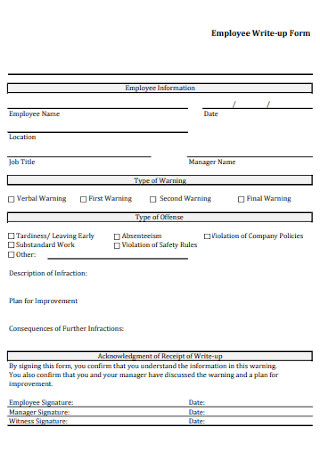
Sample Employee Write-up Form
download now -
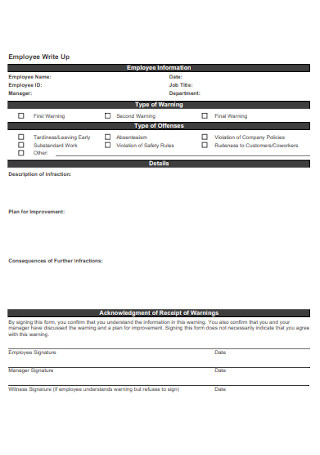
Company Employee Write Up Form
download now -
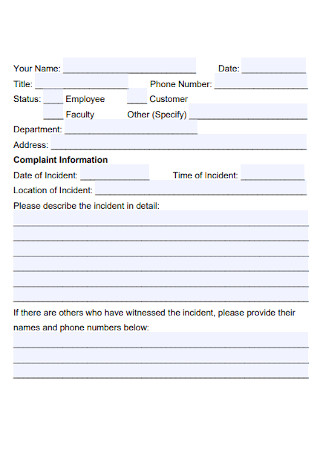
Employee Write-Up Complaint Form
download now -
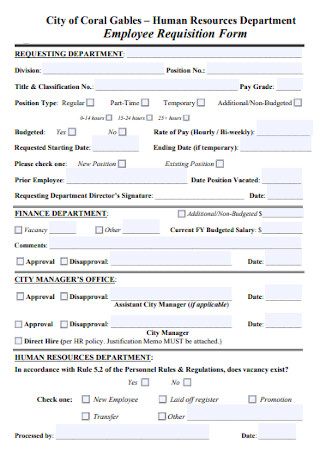
Employee Write Up Requisition Form
download now -
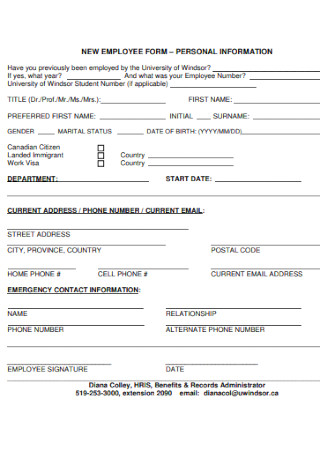
New Employee Write Up Form
download now -
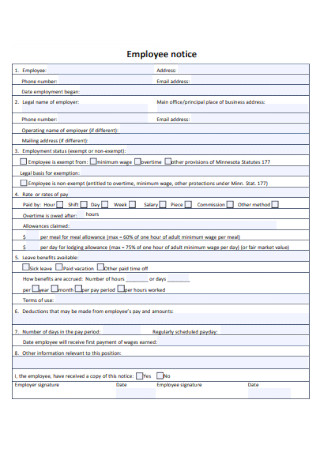
Employee Notice Write Up Form
download now -

Simple Employee Write Up Form
download now -
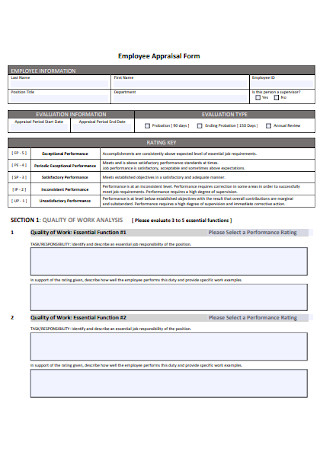
Employee Write Up Appraisal Form
download now
FREE Employee Write Up Form s to Download
7+ Sample Employee Write Up Forms
What Is an Employee Write-Up Form?
Why Should You Use Employee Write-Up Form?
When to Use an Employee Write-Up Form?
Is it Considered Insubordination to Refuse to Sign a Write-Up?
Tips to Document Discipline in an Employee
How to Create an Employee Write-Up Form
FAQs
How Do I Write an Employee Written Warning?
What Are Write-Up Forms for Issues Warnings?
What Does an Employee Write-Up Form Do?
When used appropriately, an employee write-up form can save you from having to take disciplinary action and can help you reduce attrition by assisting employees in getting back on their feet. When an employee has committed an offense, it is now the usual procedure to complete an employee warning notice. It is possible to utilize our employee write-up form in its current form, or you can consider it like a written warning template and alter it to create a document that is tailored to your company’s needs.
What Is an Employee Write-Up Form?
It is a document created and utilized by the Human Resources Department of a firm, which is known as an employee write-up form. It draws attention to instances in which an employee’s behavior or job performance has continuously deteriorated, causing concerns in terms of their efficiency and production. You can use a write-up template to explain and communicate to your staff the expectations you have for them in terms of changing behavior or increasing productivity. Furthermore, the form underlines what will occur if the employee’s inappropriate behavior or bad job performance continues in the future.
However, you should not use this form as the first resort in most situations. In the beginning, you would merely provide verbal and written warnings to your employees, and nothing more. However, you are required to maintain these warning letters on file in the personnel files of all of your employees. Other templates are available on our website, and you can use them whenever you need them. They are as follows: business proposal, employment contract, employee attendance write-up form, labor contract, student write-up form, discipline write-up form, employee late write-up form, generic write-up form, permanent employment contract, tenancy contract, disclosure agreement, and other similar templates are available. This post will not only provide you with templates but will also provide you with important information that you need to know in order to complete your template.
Why Should You Use Employee Write-Up Form?
Employee write-up forms assist managers and employers in communicating and explaining to employees the expectations they have of them in terms of productivity and changes in their conduct. Additionally, it emphasizes the ramifications of poor job performance or inappropriate behavior continuing in the future. Furthermore, written warnings are not used as the first line of defense against disciplinary action. An organization’s warning letter is kept at the back of its toolbox as a precaution. Employees are given verbal warnings first and foremost.
As previously said, these warning letters are maintained at the very rear of the arsenal as a precaution. This indicates that the employer may have issued many verbal warnings to the employee before taking any further action. If a company has a particularly negligent and irresponsible person on their payroll who refuses to change his or her ways despite receiving numerous verbal warnings, the employer should consider using written warning letters to force the employee to change his or her ways. When composing these letters, managers should compel employees to recollect the number of times they have received warnings in the past, as well as the outcomes of those warnings in the past (if any). Normally, you would utilize these employee write-ups to address an employee’s poor job performance; but, if there are any additional reasons, there is a spot for notes on the document.
When to Use an Employee Write-Up Form?
It is not possible to use employee write-up forms at all times. They are only brought to the attention of the staff when circumstances get critical. Before doing so, managers and employers should meet with employees in person and interact with them, informing them of their poor performance or inappropriate behavior. It is vital to share your thoughts on the matter in advance because there is a risk that employees will not be aware of what their bosses think about their performance or behavior. As a result, it is preferable to communicate and collaborate with one another in order to minimize discrepancies. Sometimes, merely talking to one another can fix a situation, rather than firing an employee who may be able to perform better in the future.
Technically speaking, there are numerous reasons to write an employee write-up, as each employee has a unique set of behavioral and performance issues to contend with. As a result, many written warnings for the problem may be included in an employee’s write-up. Some businesses contemplate drafting many written warnings, however, others strive to utilize only one written caution in the form, according to the company. It is entirely up to you and your company to decide which of the methods to use. According to a study, the majority of companies prefer to issue this warning letter to their employees as a result of their absenteeism. Absenteeism is the most typical reason for writing it, despite the fact that there are other alternative reasons. Besides the concerns listed below, there are several more typical issues that may prompt you to write them if you are experiencing them on a consistent basis.
Is it Considered Insubordination to Refuse to Sign a Write-Up?
Although there is no law requiring an employee to sign a write-up form, employers may want documentation that the form has been received by the employee in question. Employees frequently refuse to sign written warnings because they do not agree with the content of the warnings.
In order to avoid this issue, include a line on the write-up noting that the employee accepts it but does not necessarily agree with its contents, as well as a place for the employee to sign his or her signature. If the employee continues to refuse to sign the write-up form, you might request that they write a rebuttal and attach it to the form.
Tips to Document Discipline in an Employee
When putting out a report on an employee for disciplinary purposes, you must exercise extreme caution. In the event that an employee brings a lawsuit against you, it is critical that you keep this in mind because it may generate complications. In order to protect yourself and your organization, you should make certain that you follow the guidelines outlined below when writing up an employee.
How to Create an Employee Write-Up Form
When delivering a write-up form to an employee, there are six critical components that must be included in the employee disciplinary action form in order to be effective. Let’s take a closer look at each of those parts in more depth below.
Step 1: State the Employee’s Name and the Date of Today’s Meeting
This section is required and must be included in the employee’s written summary. Don’t forget to include the employee’s name as well as the date of issuance at the top of your document. This is a critical element since it establishes the name of the employee for whom you are completing the application form. Check to see that the name and the date are both legible on the document. This section will clearly indicate for whom the write-up is being written and when they will receive it, among other things.
Step 2: Clearly State the Reason for the Discipline
Without clarification, a write-up form will be deemed insufficient. It is possible that employees are already aware of the rationale for this because the employer has issued numerous verbal warnings against it, but the writer must explain it in greater depth in the comments or notes area. Employees may have received at least two or three verbal warnings prior to providing this report, it is possible. The primary goal of declaring the reason for the form is to draw attention to the gravity of the employee’s problem and to begin the documenting process. A written warning is frequently the last step performed before terminating an employee’s employment contract.
Step 3: The Total Number of Warnings That the Employee Has Received
Employees in every organization are often given three warnings before being terminated. Following that, severe disciplinary action is initiated, and the employee is sent a written warning letter prior to being terminated for misconduct. This is the last resort for correcting the employee’s behavior. Following that, if employees do not take the issues into consideration and change their behavior, they will be sacked from the organization.
Step 4: Describe the Issue in Greater Detail
The problem should be extremely apparent in this part, so make sure you are. You should bring up the employee’s inappropriate behavior, poor job performance, or any other issues that are troubling the employee. You should also provide rationale and evidence in support of your claims at times. You should be explicit, citing quotes, dates, and any other relevant data that can demonstrate their poor behavior or performance in order to be successful.
If you are more clear in your instructions, your employee will be better able to comprehend them and will be more able to fix themselves if they are at fault. Consider the following scenario: if an employee is disobedient to their supervisor, simply writing a statement regarding their disobedience may not be more effective. Writing it with a cause, on the other hand, can make it appear stronger. In the event that they are found not guilty of their actions, these specifications will be of more use to you in the event that the employee initiates legal action against you.
Step 5: Setting a Deadline for Resolving the Issue
Employee write-ups are used for a variety of reasons, not just to document an employee’s complaint. To be effective, you must also specify a deadline by which the problem can be resolved and a timeframe by which you anticipate the employee to take corrective action. This also refers to what the organization wants them to do on their behalf.
In the case of a persistent tardy employee who continues to arrive late to work despite verbal warnings, you might set their time restriction and the commencement of their shift. Also, you should give them a few days to get into the habit of arriving on time, and you should put in place repercussions if they do not do so within that time frame.
Step 6: Include a Section With a Date and Signature
Although employee write-ups are not legally binding contracts, having them signed by the employee might serve as proof of their authenticity. Keeping a paper trail can be a useful alternative in the event that you need to fire someone or terminate them later due to their failure to follow instructions. In an ideal circumstance, the letter itself expresses the seriousness and severity of the problem; however, it is preferable if the letter is signed and dated to avoid any future complications.
Writing any of these forms (whether as an employer, manager, coworker, or employee), it is critical to understand the ramifications of doing so because they can have long-term ramifications that can adversely affect your employment status once they are submitted.
FAQs
How Do I Write an Employee Written Warning?
When describing an employee’s workplace violation or incident, use plain, straightforward language. Make certain that your written warning contains all of the necessary facts, as well as a plan for improvement.
What Are Write-Up Forms for Issues Warnings?
The majority of the write-up forms prepared for issue warnings include a space for the signature of the employee who is the subject of the warning. A person who has been made aware of their poor conduct or performance will be informed of the consequences that will be taken against them if their behavior or performance does not improve as a result of the notice.
What Does an Employee Write-Up Form Do?
An employee write-up form, also known as an employee disciplinary form, enables managers and supervisors to properly describe and document workplace breaches and incidents in a centralized location. It also provides employees with an opportunity to learn exactly what the transgression was and whether or not they agree with how it was described.
Companies place a high value on employee discipline and productivity as a matter of policy. Employers may issue such warning letters to employees after providing them verbal warnings if they are not listened to or taken into consideration. To save time and effort, you can simply download and utilize the write-up forms available on our main page.
